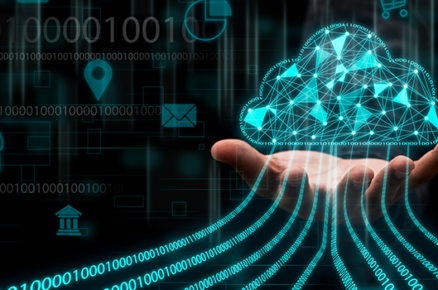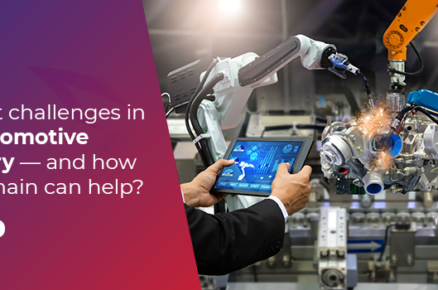Big Data, the application of a new breed of analytical tools to the vast caches of data being produced by computers and other forms of technology, is on the brink of becoming a household word – thanks to new books, conferences and articles that are slated to appear over the next few months.
But as impressive as these Big Data stories will be – and many of them, like mapping the insides of F5 tornados, tracking every patient heartbeat over a lifetime and predicting the behavior of consumers from millions of store purchases – the real story is unlikely to be told.
That is, Big Data has the potential to utterly transform the relationship that individuals have with institutions, customers with companies, patients with the healthcare system, students with universities, and voters with government. And that means once it has fully penetrated society and industry, the Big Data revolution may very well prove a turning point in our economic – and ultimately, cultural – history as great as the electronics revolution. . . perhaps even as great as the first and second Industrial Revolutions.
Why? Because once the relationship of individuals to institutions transforms, the benefits to the individual consumer, citizen, patient and student will be profound.
To explain why this will be so, let’s look more closely at the impact of Big Data on the commercial world, where this revolution is likely to occur first.
The story of business over the last two centuries can be seen as the evolution of the relationship between sellers and buyers. The first Industrial revolution, at the end of the 18th century, brought mass production of standardized goods – and thus greater volume and lower cost – to the masses, supplanted the high-cost, customized goods that had characterized commerce for millennia. The second Industrial Revolution, beginning in the middle of the 19th century, brought that mass production to the creation of interchangeable components – meaning that those parts could be swapped out and pieced together into finished goods almost everywhere. . . meaning even more availability and lower prices to everyday consumers.
The digital/electronics revolution, by putting intelligence into the production process – even into the finished goods and services – made possible for the first time mass customization. That is, manufacturers and providers could create products and servers in high volume and reduced cost, and those creations could then use their on-board intelligence to adapt to the buyer’s unique needs. Think laptop computers, cellphones, the Internet, user customizable automobiles, etc. The extraordinary richness of modern life – especially as it has reached out to include three billion of the world’s people – can be largely credited to the mass customization revolution.










